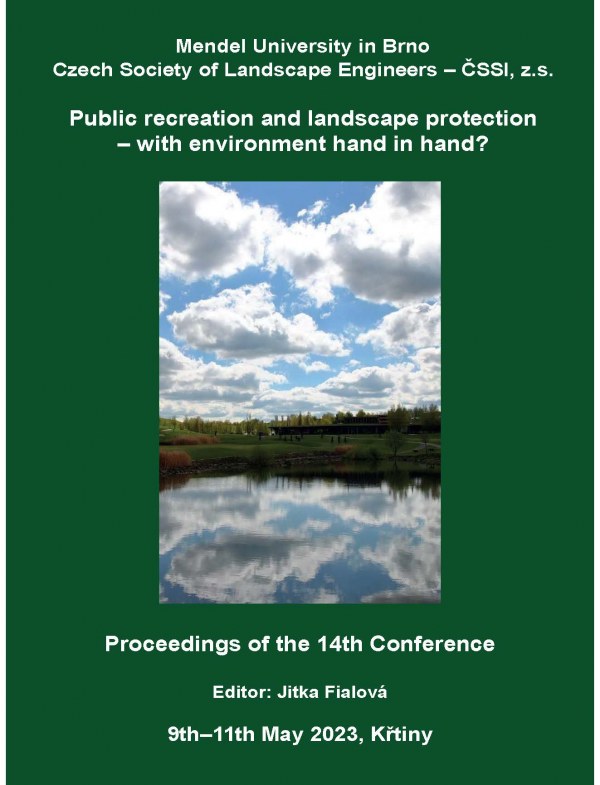
DOI: 10.11118/978-80-7509-904-4-0067
FOREST EDUCATION AS THE BASIS FOR CONSCIOUS USE OF ALL FOREST FUNCTIONS BY SOCIETY IN THE CELESTYNÓW FOREST DISTRICT
- Kamil Żołądek, Róża Brytan, Artur Dawidziuk
The Celestynów Forest District covers areas located southwest of the Warsaw agglomeration. The forests in this area are a place for recreation, hiking and cycling for local residents, a habitat for biodiversity, as well as a workplace for many people and a source of eco-friendly raw material - wood. The forests of the Celestynów Forest District serve ecological, social, and economic functions, and the task of foresters is to reconcile all of them, ensuring their sustainability for future generations. To achieve this goal, the employees of the Celestynów Forest District conduct forest education, one of the main tasks of which is to increase awareness among society about sustainable forest use. Most of the educational activities conducted by foresters are focused at the Forest Education Center in Celestynów. The center offers natural science lessons, workshops, lectures, and educational events for children, youth, and adults about nature, forests, and forestry. Forest education, combined with play and direct experience of natural phenomena, facilitates learning and understanding of processes occurring in nature, and builds responsibility for the natural environment. A comprehensive approach, taking into account all ecosystem aspects and various social groups, allows for the effective promotion of sustainable use of all forest functions.
Keywords: ecological awareness, State Forests
pages: 67-70, Published: 2023, online: 2023
References
- Polityka Ekologiczna Państwa 2030. (2019). Ministerstwo Środowiska, Warszawa.
- Jaszczak, R. (2008). Las i gospodarka leśna w zasięgu oddziaływania miast w Polsce. SiM CEPL, Rogów, 3(19), 152-171.
- Płoskonka, P. (2018). Edukacja przyrodniczo-leśna w świetle koncepcji etyki środowiskowej Leave No Trace. Zimowa szkoła leśna przy Instytucie Badawczym Leśnictwa. Instytut Badawczy Leśnictwa. Sękocin Stary. X Sesja. Współczesne problemy komunikacji społecznej i edukacji w leśnictwie: 95-108.
- Będkowska, H. (1999). Zielone lekcje dla uczniów szkół ponadgimnazjalnych. Józefów. Oficyna wydawnicza Forest.
- Brytan, R., Kowal, P., Wojtyszyn, S., Jackowiak, M., Dawidziuk, A. (2019). Metody edukacji leśnej w sąsiedztwie wielkiej aglomeracji na przykładzie działalności Nadleśnictwa Celestynów. SiM CEPL, Rogów, 58(1), 20-25.
- Nadleśnictwo Celestynów. (2018). Sprawozdania z działalności edukacyjnej Nadleśnictwa Celestynów za lata 2009-2022.
- Nadleśnictwo Celestynów. (2019). Program edukacji leśnej społeczeństwa na lata 2019 - 2028.
- Sobczyk, W. (2000). Edukacja ekologiczna i prozdrowotna. Kraków, Wydawnictwo Naukowe.
- Więckowski, R. (1993). Pedagogika wczesnoszkolna. Warszawa, WSiP. Program edukacji leśnej społeczeństwa na lata 2019 - 2028. Nadleśnictwa Celestynów.
- Naturski, W., Stępińska, M. (2018). Zimowa szkoła leśna przy Instytucie Badawczym Leśnictwa. Instytut Badawczy Leśnictwa. Sękocin Stary. X Sesja. Współczesne problemy komunikacji społecznej i edukacji w leśnictwie, 77-88.


